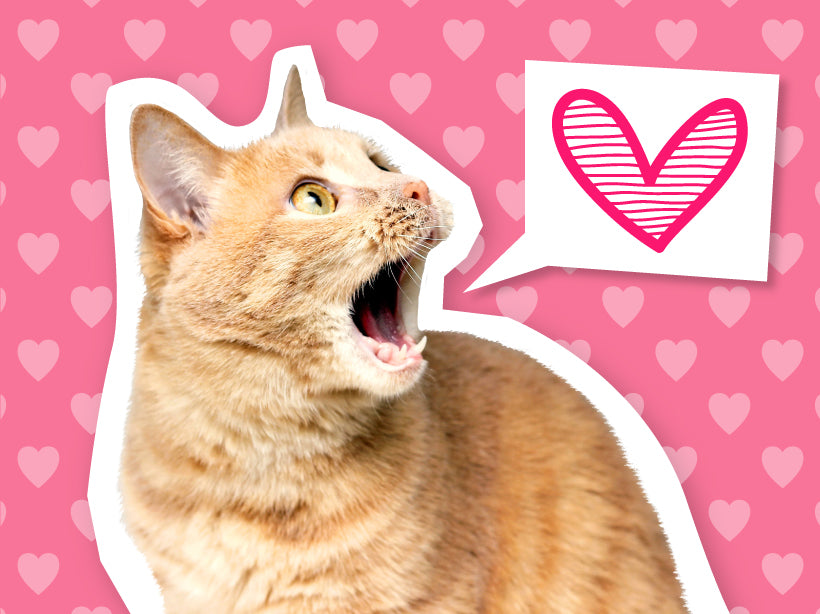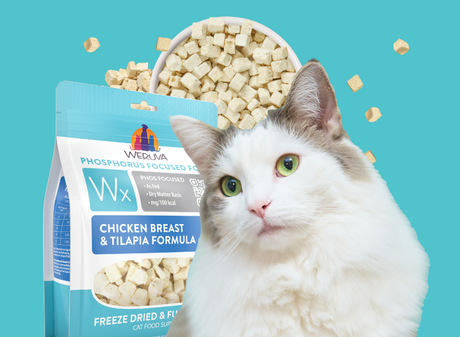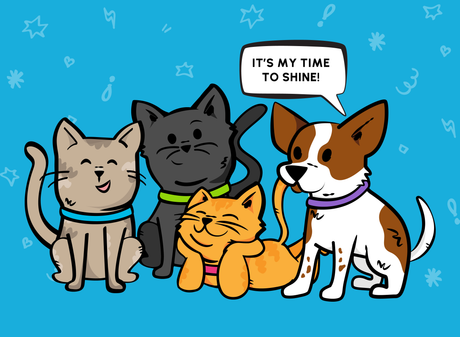Greetings, beloved readers! Cupid here, your friendly neighborhood God of Love and Pet Food Consultant, here to answer another burning question.
Today's question is, "How can I get my cat to fall in love with their food?". Ah, the eternal struggle to find the perfect match for your picky cat! But fear not, I'm here to guide you through this process and help your feline friend develop a passionate relationship with their meals.
Understanding the Key Factors in Your Cat's Food Preferences
When it comes to a cat's food, two key elements reign supreme: flavor and texture. It's like a dance between their teeth and tongue, creating a symphony of sensations that truly captivate their interest and bring them satisfaction.
Cats are connoisseurs of texture. The sensation and feel of their meals greatly influence their enjoyment. Whether it's the smoothness of a pate or the chunkiness of a stew, the texture can make or break their dining experience.
Finding the perfect balance between flavor and texture is essential to winning over your cat's heart. Experiment with different textures, from smooth mixtures to chunky options, and witness their delight as they savor each variation. Patience and an open mind are key, as each cat is delightfully unique in their preferences.
The Unique Structure of Your Cat's Tongue
The answer lies in the unique structure of your cat's tongue, which boasts rear-facing spines called filiform papillae. These tiny spines give the tongue its rough texture, similar to sandpaper.
But why does a cat have these spines? One theory suggests that they serve multiple purposes and I tend to agree.

These spines aid in grooming, as they act like a comb to remove dirt, debris, and loose fur from the cat's coat. They also helps to create a surface tension that allows the cat to capture and consume a larger amount of liquid in each lap and stay hydrated.
They also assist in shaping and moving food around the mouth and preparing the food for swallowing. This is especially important because cats are obligate carnivores. Meaning, their diet is almost completely composed of meat, which requires proper tearing and chewing.
Understanding the remarkable adaptation of a cat's tongue helps us appreciate their unique and incredible feeding abilities. So, the next time you feel the roughness of your cat's tongue during a loving lick, remember the fascinating purpose behind it.
Winning Your Cat's Heart Through Their Stomach
Once you have identified the right texture, the next step is to explore flavors that appeal to their taste buds. By fixing the texture problem, your cat may start liking flavors they didn't like before or have gotten bored of. Variety is the spice of life!
In a way, finding the perfect food match for your cat is similar to my matchmaking process with humans. Like I match people based on shared preferences, you can do the same for your feline companion. Finding the right combination of texture and flavor to make their heart - and taste buds - sing.
It's Written in the Stars!
When finding a texture and flavor your cat adores will pave the way for a truly purr-fect relationship with their food. Just remember, swipe right on the flavors and textures they prefer, and boom - you've made it!
So, as you embark on this quest to help your cat fall in love with their food, remember that it's a journey written in the stars. With patience, experimentation, and a touch of love, you'll find the magical combination that ignites their taste buds and brings a twinkle to their eyes.
If your picky cat won't eat, then try something new! Here is a list of my favorite variety packs to try new textures and flavors for your best feline friend. Enjoy!





